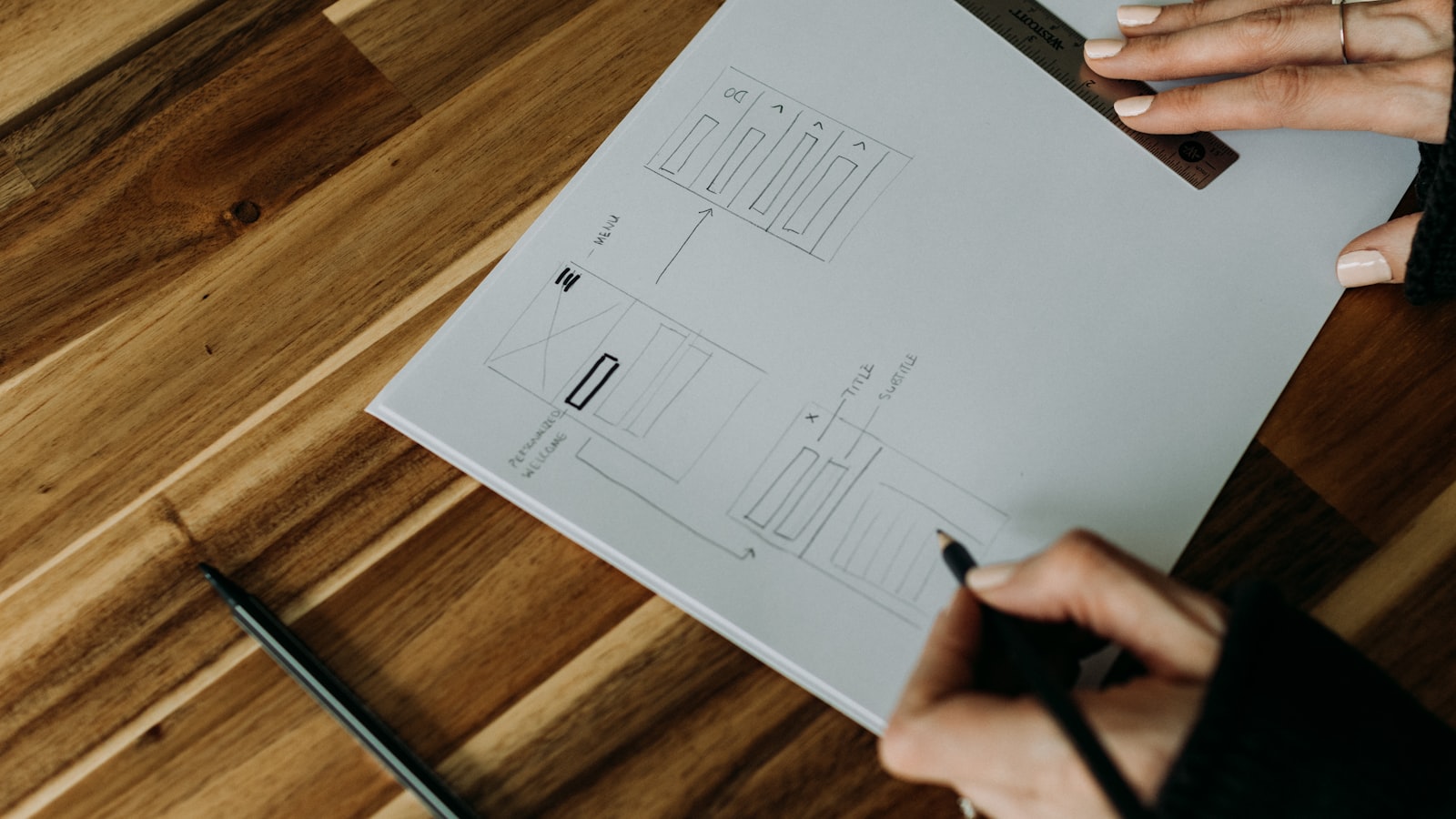The Role of a PCB Designer
The primary responsibility of a PCB designer is to create a functional and efficient layout of electronic components on a printed circuit board. They work closely with electrical engineers and other stakeholders to understand the requirements of the device and develop a design that meets those needs.
Key Responsibilities
-
Schematic Review: PCB designers review the schematic diagram provided by the electrical engineer to understand the circuit’s functionality and identify any potential issues.
-
Component Placement: They determine the optimal placement of components on the PCB, considering factors such as signal integrity, power distribution, and thermal management.
-
Routing: PCB designers create the copper traces that connect the components on the board, ensuring that the signals are routed efficiently and with minimal interference.
-
Design Rule Check (DRC): They perform DRC to ensure that the design meets the manufacturing requirements and industry standards.
-
Documentation: PCB designers create detailed documentation, including assembly drawings, bill of materials (BOM), and manufacturing files, to facilitate the production process.
Skills and Qualifications
To become a successful PCB designer, one should possess a combination of technical skills and soft skills. Some of the essential skills and qualifications include:
Technical Skills
| Skill | Description |
|---|---|
| PCB Design Software | Proficiency in using PCB design software such as Altium Designer, OrCAD, or Eagle. |
| Electronic Principles | Understanding of electronic principles, including analog and digital circuits, signal integrity, and power distribution. |
| Industry Standards | Knowledge of industry standards such as IPC (Institute of Printed Circuits) and JEDEC (Joint Electron Device Engineering Council). |
| Computer-Aided Design (CAD) | Familiarity with CAD tools for creating and modifying PCB layouts. |
Soft Skills
- Attention to Detail
- Problem-Solving
- Communication
- Time Management
- Collaboration

Education and Training
While there are no strict educational requirements for becoming a PCB designer, most professionals in this field have a background in electrical engineering, electronics, or a related field. Many employers prefer candidates with a bachelor’s degree in electrical engineering or a related discipline.
In addition to formal education, PCB designers can enhance their skills through various training programs and certifications. Some popular certifications include:
- IPC Designer Certification (CID)
- IPC Advanced Designer Certification (CID+)
- Altium Designer Certification
- OrCAD PCB Designer Certification
Career Outlook and Opportunities
The demand for skilled pcb designers is expected to grow as the electronics industry continues to expand. According to the U.S. Bureau of Labor Statistics, employment in the electrical and electronics engineering field is projected to grow 3% from 2019 to 2029.
PCB designers can find employment opportunities in various industries, including:
- Consumer Electronics
- Telecommunications
- Automotive
- Aerospace and Defense
- Medical Devices
- Industrial Automation
As technology advances and electronic devices become more complex, the role of PCB designers will continue to evolve. Staying updated with the latest design tools, techniques, and industry trends is essential for a successful career in this field.
Frequently Asked Questions (FAQ)
1. What is the difference between a PCB designer and an electrical engineer?
While both PCB designers and electrical engineers work on electronic circuits, their focus and responsibilities differ. Electrical engineers are responsible for the overall design and functionality of the electronic device, including selecting components and creating the schematic diagram. PCB designers, on the other hand, focus on translating the schematic into a physical layout on the printed circuit board.
2. What software tools do PCB designers use?
PCB designers use specialized software tools to create and modify PCB layouts. Some of the most popular PCB design software include Altium Designer, OrCAD, Eagle, and KiCad. These tools provide features such as schematic capture, component placement, routing, and design rule checking.
3. What are the common challenges faced by PCB designers?
PCB designers often face challenges such as signal integrity issues, power distribution, thermal management, and electromagnetic interference (EMI). They must also consider manufacturing constraints, such as minimum trace widths and spacing, hole sizes, and component placement restrictions.
4. How can I start a career as a PCB designer?
To start a career as a PCB designer, you should have a strong foundation in electronics and a degree in electrical engineering or a related field. Gaining proficiency in PCB design software and obtaining relevant certifications can also improve your job prospects. Networking with professionals in the industry and gaining practical experience through internships or entry-level positions can help you establish a successful career.
5. What is the future outlook for PCB designers?
The future outlook for PCB designers is positive, as the demand for electronic devices continues to grow across various industries. With the increasing complexity of electronic systems and the advent of new technologies such as 5G, IoT, and artificial intelligence, the role of PCB designers will become even more critical. Keeping up with the latest design tools, techniques, and industry trends will be essential for PCB designers to remain competitive in the job market.
In conclusion, PCB designers play a vital role in the development of electronic devices, ensuring that the circuits are efficient, reliable, and meet the required specifications. With the right combination of technical skills, soft skills, and continuous learning, a career as a PCB designer can be both challenging and rewarding.




